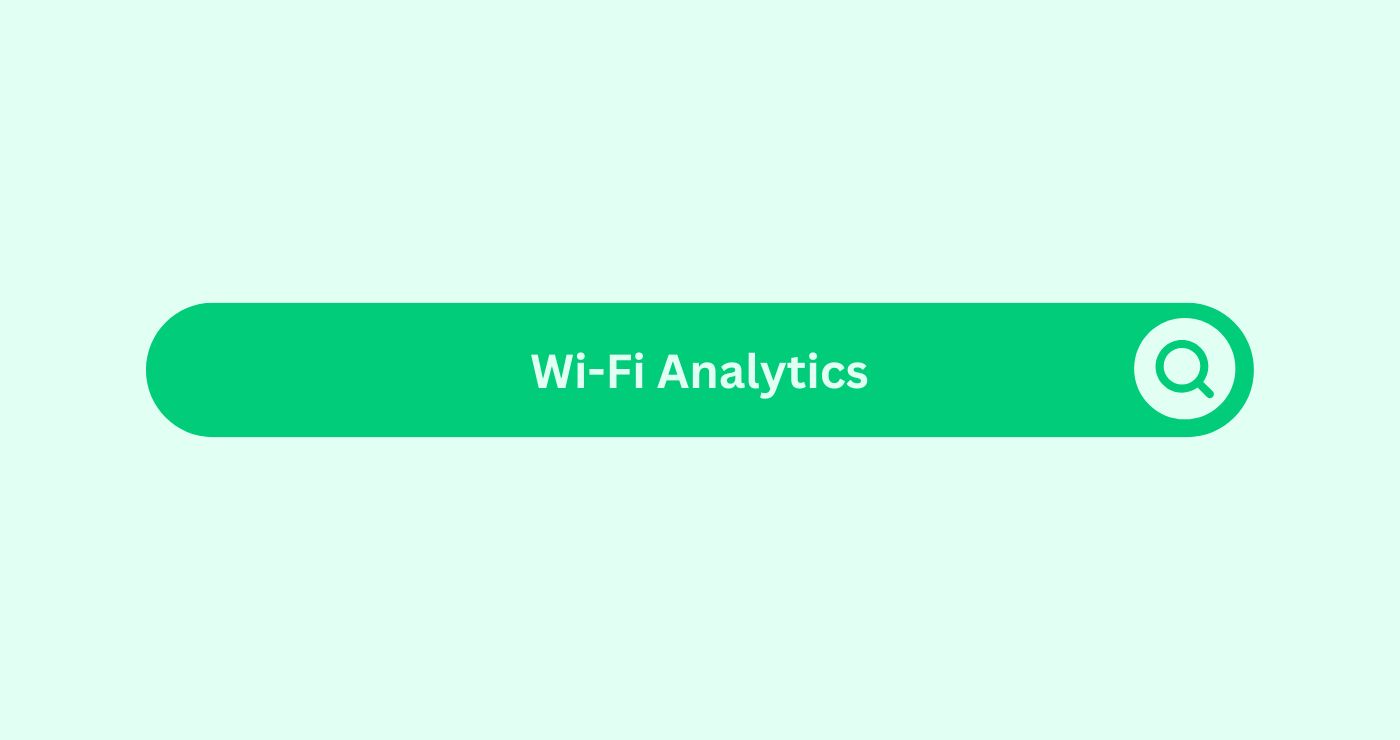Definition
Wi-Fi AnalyticsDefinition In SEO, analytics involves collecting, measuring,... is the process of collecting and analysing data from Wi-Fi networks to understand customer behaviour, movement patterns, dwell time, and engagementDefinition Engagement in content marketing refers to the deg... levels within a physical space. It turns everyday internet connections—like those in retail stores, cafes, airports, or events—into powerful marketing intelligence tools. The goal? To track how people interact with environments in real-time and convert that into actionable marketing strategies.
For a performance marketing agency, Wi-Fi analyticsDefinition In SEO, analytics involves collecting, measuring,... bridges the gap between online and offline user behaviourDefinition What is User Behaviour in Social Media Marketing?.... Suppose a retail client wants to measure foot trafficDefinition In the context of SEO (Search Engine Optimisation... during a weekend promo—Wi-Fi data shows how long people stayed, which areas they visited, and whether they returned. This feeds into smarter ad targeting and retargetingCornerstone Content is vital for SEO, organizing your site a..., especially when paired with digital campaigns.
Even a SEO Company can benefit from Wi-Fi analyticsDefinition In SEO, analytics involves collecting, measuring,... when supporting brick-and-mortar businesses. By analysing in-store engagementDefinition Engagement in content marketing refers to the deg... data, the SEO team can suggest content ideas tailored to popular products or high-traffic times. Meanwhile, a digital marketing Auckland firm might combine this data with social and search trends to recommend hyperlocal content strategies or time-sensitive campaigns.
Wi-Fi analyticsDefinition In SEO, analytics involves collecting, measuring,... doesn’t invade privacy—it respects anonymity while offering location-rich insights. And when combined with AI, it becomes a powerful tool for enhancing customer journeys and connecting physical behaviours to digital experiences.
Let’s say a digital marketing Auckland agency handles promotion for a shopping centre. Wi-Fi analyticsDefinition In SEO, analytics involves collecting, measuring,... reveals that users spend more time near fashion stores between 3–6 PM on Saturdays. The agency then uses AI to segment this data and launches geo-fenced paid ads targeting those same users with fashion promos just before peak time.
A performance marketing agency might go further—linking Wi-Fi patterns with email engagementDefinition Engagement in content marketing refers to the deg... to personalise offers for in-store shoppers. Wi-Fi analyticsDefinition In SEO, analytics involves collecting, measuring,... turns passive visitors into active audiences, helping AI algorithms adjust content, timing, and channel mix.
Even for organic SEO, Wi-Fi trends inform content calendars. A SEO Company can spot offline demand shifts, then sync digital content to reflect what’s happening in the physical world—giving brands a strategic edge both online and on-ground.
Simple Workflow Table: How Wi-Fi AnalyticsDefinition In SEO, analytics involves collecting, measuring,... Supports AI in Content
| Stage | Wi-Fi Data Captured | AI-Powered Use Case | Outcome |
|---|---|---|---|
| Entry Tracking | First point of access | AudienceDefinition The term "Audience" refers to the group of indivi... segmentation | Better targeting strategies |
| Dwell Time | Time spent in locations | Predictive content suggestions | Smarter blog or ad timing |
| Repeat Visits | FrequencyDefinition Frequency in Social Media Marketing refers to the... of visits | Personalised retargetingCornerstone Content is vital for SEO, organizing your site a... via email or ads | Higher conversionDefinition In the realm of SEO, Conversion refers to the pro... rates |
| Device Type | Mobile vs tablet vs laptop | Device-specific content or UX adjustments | Improved engagementDefinition Engagement in content marketing refers to the deg... rates |
| Movement Flow | Pathways inside location | Optimised product placements or signage ideas | Better offline UX integrationDefinition Integration in the SEO Glossary combines tactics ... |
Key Takeaways
- Wi-Fi analyticsDefinition In SEO, analytics involves collecting, measuring,... turns real-world foot trafficDefinition In the context of SEO (Search Engine Optimisation... into usable marketing insights.
- It helps performance marketers personalise offers and retarget in-store visitors.
- SEO companies use it to align content with offline trends and customer behaviour.
- AI-powered Wi-Fi analyticsDefinition In SEO, analytics involves collecting, measuring,... bridges digital strategy with physical presence.
- It boosts campaignDefinition An SEO campaign involves focused, Organised effor... relevanceDefinition In SEO, relevance refers to the degree to which a... by combining location, timing, and engagementDefinition Engagement in content marketing refers to the deg... data.
FAQs
How does Wi-Fi analytics support SEO strategies for a local SEO Company?
Wi-Fi analyticsDefinition In SEO, analytics involves collecting, measuring,... shows when and where customersDefinition Customers, in the context of SEO, refer to indivi... engage in-store. An SEO Company can use this data to time content or promotions based on real-world demand.
Can Wi-Fi analytics improve performance for a marketing agency?
Yes. A performance marketing agency uses it to personalise ad deliveryDefinition Google Ads delivers ads to potential customers. G..., based on visit frequencyDefinition Frequency in Social Media Marketing refers to the... or dwell time, making campaigns more effective.
What are practical examples of Wi-Fi analytics in digital marketing Auckland?
A digital marketing Auckland agency might use Wi-Fi data from a mall to trigger push notificationsDefinition Notifications in email marketing refer to automat... or launch geo-targeted search ads during peak trafficDefinition In the context of SEO (Search Engine Optimisation... hours.
Is Wi-Fi analytics privacy compliant?
Absolutely. Modern Wi-Fi analyticsDefinition In SEO, analytics involves collecting, measuring,... platforms anonymise data and comply with local regulations, offering insights without tracking personal identity.
How does AI enhance Wi-Fi analytics for content teams?
AI analyses Wi-Fi trends to suggest content types, publishing times, or UX updates—helping marketers stay ahead of shifting offline behaviour.




